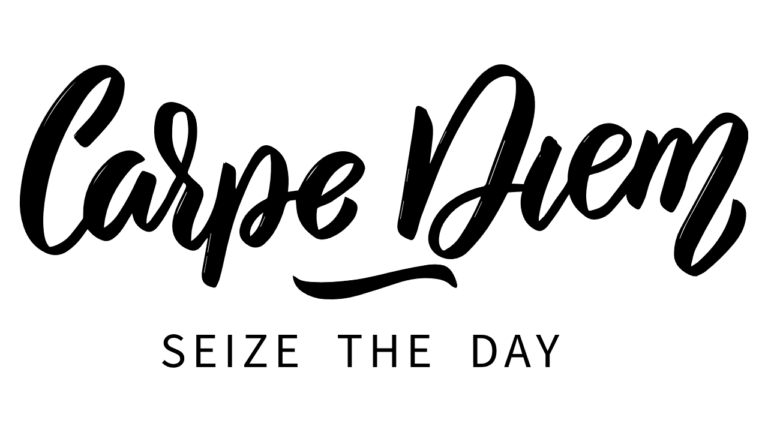Have you ever had an idea stolen? Explain to me how it works. A friend and colleague has a few horror stories of ideas that got hijacked. But on closer inspection I found that idea theft is …. not even a thing.
From abstraction to the concrete.
Some history here. During the Stone Age you could hunt and kill an animal. The animal did not belong to anyone until it was “hunted”. The labor that you exerted to hunt the animal is what “paid for it”. During the Bronze Age thing got simpler and things got more complicated. You would obtain a piece of land and your work on said land would yield crops, livestock or goods like timber. Again, your labor is what translates the land into value – crops etc.. Simple. The complexity, however, in Bronze Age economics comes in the practice of conquer. Instead of “spending” your labor to become productive, you could apply your efforts in becoming strong and simply take what you want by force. During the latter part of the Bronze Age labor was split into productivity and defense-/offensiveness. This was more or less the birth of civilization as different roles was co-opted. For instance farmer, soldier, craftsmen etc..
For the sake of relevance, I’m going to fast-forward over a few of the historic periods. During the Renaissance Period intellectual property came to matter more and more. There was little land left to conquer and an equilibrium was reached in most civilized places through rule of law. People started to exert their labor in the endeavor of learning.
At this stage of the post I don’t want to bore myself or my readers with the history of patents and other intellectual property. The point should be clear, though, that for “things” to become valuable, labor has to be exerted over it.
Execution vs. Idea
It’s not about the idea, but the execution thereof. Said in another way: the marrying of your labor with a spark of insight. How do you determine the value of your idea? One can at least argue, that the degree of difficulty and the time taken to bring an idea to fruition is a good starting point for assessing its value – market forces notwithstanding, of course. In my life I’ve seen bad ideas perfectly executed. Take the Fidget Spinner as an example. Search your memory for any childhood fad. I’ve also seen brilliant ideas poorly executed. Yet, a good idea always finds a way. Like a good man, a good idea cannot be kept down! It always makes a comeback. In Silicon Valley it is called: The Pivot. The pivot refers to the cannibalization of intellectual property and retooling it for a better purpose. This article has great pivot examples .
Do the work.
Before claiming that someone stole your idea, do the work. Exert some labor. Here is how:
- Plan for all eventualities. Burn some cash on R & D.
- Execute. The only thing worse than no planning is too much planning. Plan for how much you want to plan, but get to the point of execution ASAP. Only when testing your idea in the open market will you know if the idea is good or even if the time is good. The industry jargon for this is: Proof of Concept or POC. Apply just as much care and attention to the “outside of the box than the inside”. That is to say, get your marketing, branding and advertising on the standard that your product (or service) deserve. And make sure it is protected by trademark- and patent- law.
- Agility. Be agile in your vision and mode of operation. Be pivot-ready at all times. Many businesses does not make their money the way you think they do. For instance, the rumors are that Amazon breaks even in the retail section but the AWS (Amazon Web Services) is the true cash cow. Once you learn this fact, you start to see it everywhere. The Greatest tech company in the world, Google, is in actual fact a media company that sells ad space, duh. Yes, they needed to have the best tech to be the best in media/advertising. The lesson here is be open to other income streams – don’t be allergic to money!
Fail Fast?
There is a saying in Silicon Valley that goes: Fail fast and fail cheap. That saying does not sit right with many people. I too hate planning for failure. Opposing to Fail-Fast is another pitfall: the sunk cost fallacy. There is an art to letting go and to knowing when to let go. But do not start with failure in mind! Just do the work diligently and keep an open mind. Be patient and keep your eyes wide open. That is the surest way of maximizing your odds for success.




